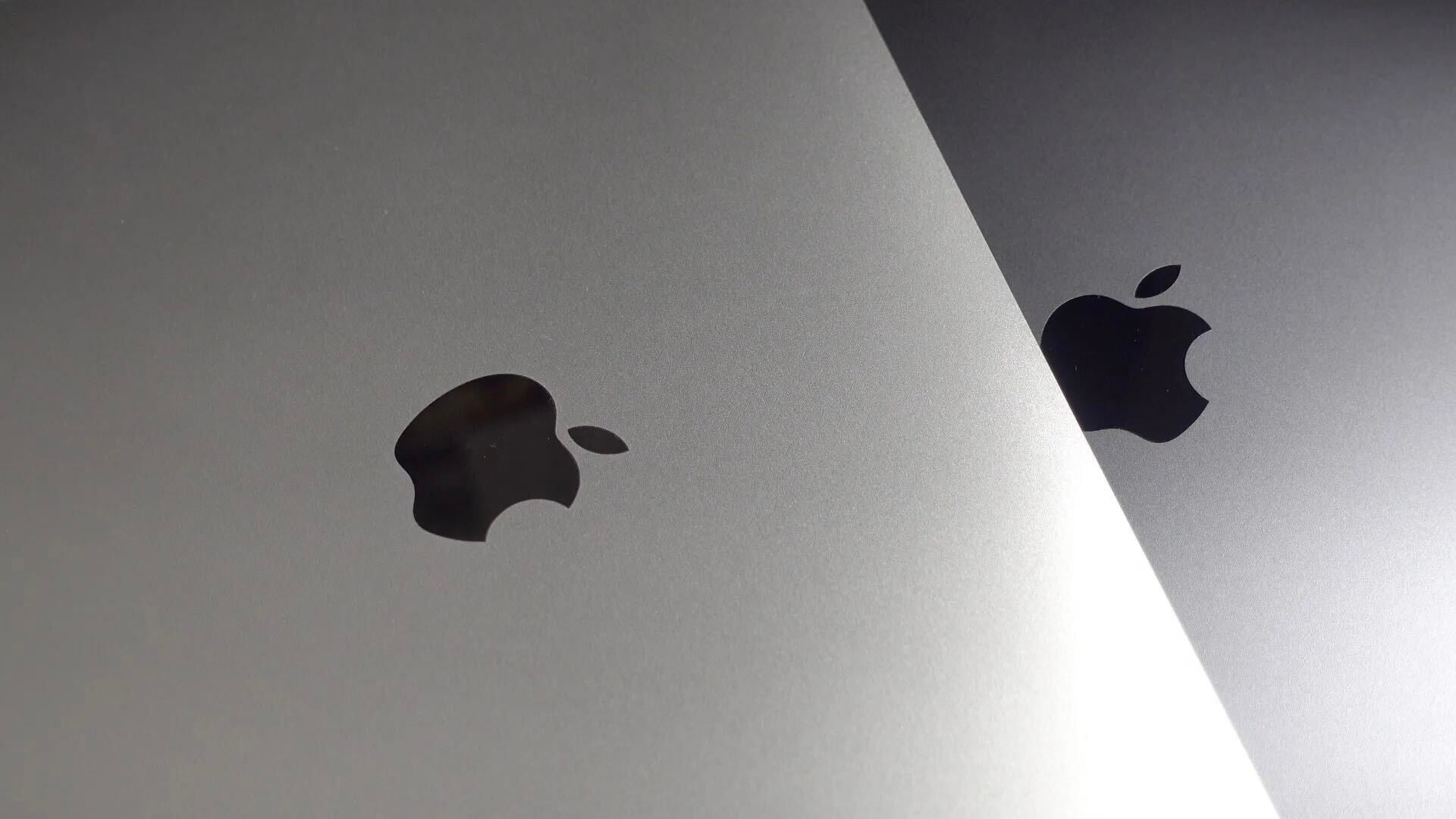Poll: Will the Apple Watch and gamification lead to a leaner, fitter you?


Social sharing of exercise data, using services like Strava and RunKeeper, has been one of the bigger trends in recent years. Thanks to fitness bands, smartwatches and GPS-based cycle computers, it’s easy to capture your exercise data and have it automatically uploaded, allowing friends and strangers alike to take part in virtual competitions. It’s effectively gamification of our bodies.
While some take it extremely seriously – so much so that Strava has had to allow users to mark stretches of road or path as dangerous, to stop overly-competitive cyclists mowing down pedestrians in their quest to gain a coveted King of the Mountain award – for most it’s just a fun way to get a bit more exercise and tease their friends.
Any fitness band enables you to compare things like total steps and total calories expended, of course, but the Apple Watch makes it particularly easy to create informal competitions, with yourself or others, to maximize the exercise you get in your everyday life …
Expand
Expanding
Close

